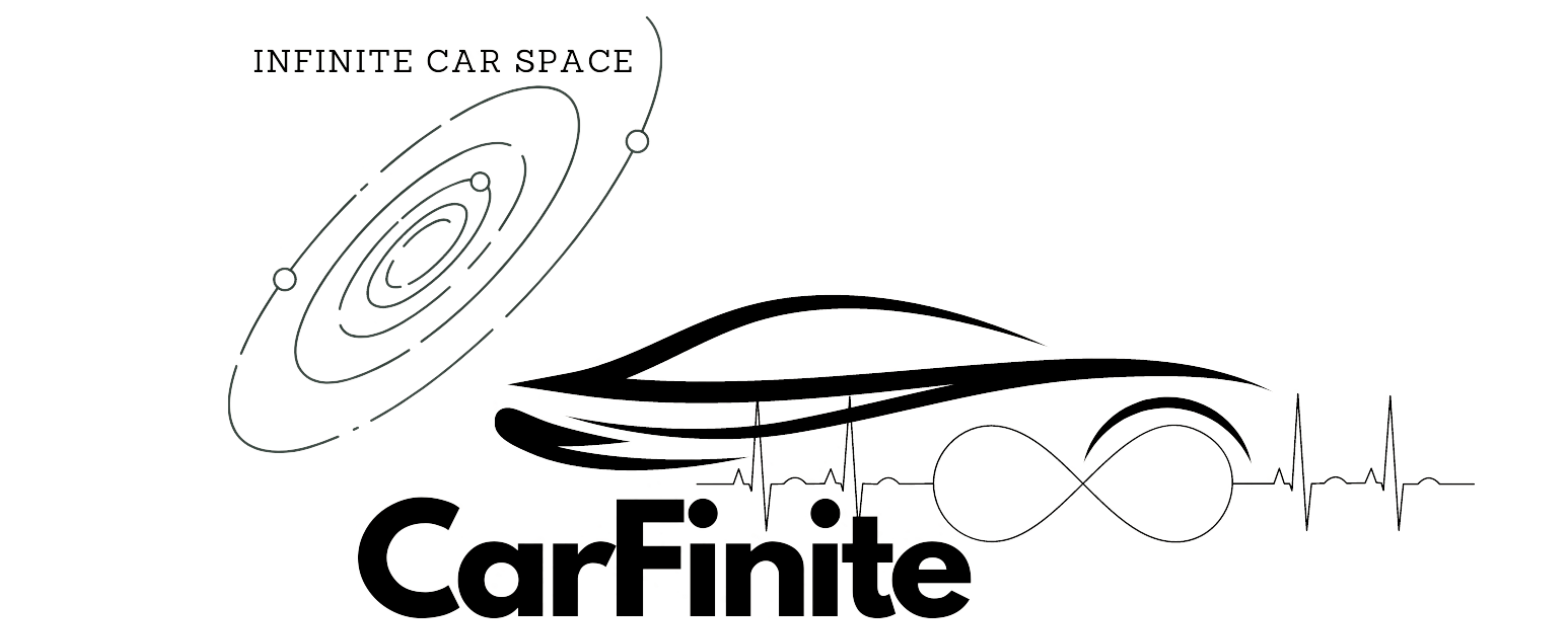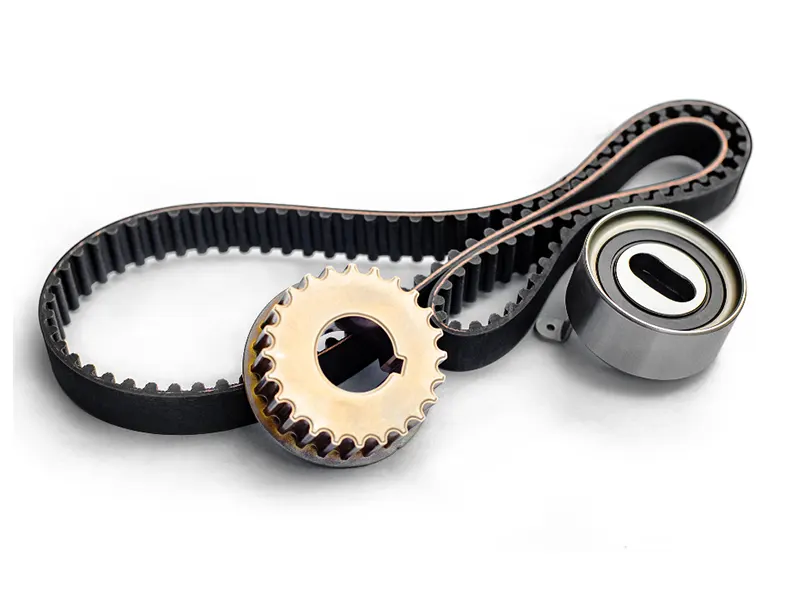Internal combustion engines are complex machines with many moving parts that must operate in precise synchronization to function properly. One of the most critical components that facilitates this synchronized motion is the timing belt.
In this article, we will explore what exactly a timing belt does and why it is an essential part of engine operation. So, What Does a Timing Belt Do?
The timing belt connects the crankshaft to the camshaft(s) and ensures they rotate in perfect tandem. This synchronization is crucial for controlling the opening and closing of intake and exhaust valves at exactly the right moments needed for optimal engine performance. Proper timing allows for efficient air-fuel mixture intake, compression, ignition, and exhaust scavenging. Without the timing belt doing its job, the valves would not open and close at the proper times needed for the engine to run smoothly.

Let’s look at each of these critical timing belt functions in more detail.
1. Ensuring Proper Synchronization
The crankshaft converts the linear up and down motion of the pistons into rotational motion that drives the transmission and wheels. The camshaft uses oblong lobes to actuate the opening and closing of the intake and exhaust valves. For the engine to operate efficiently, the crankshaft and camshaft must rotate in perfect synchronization at a ratio of 2:1.
This synchronization is enabled by the timing belt, which connects the two shafts and keeps them rotating at identical speeds. Without the timing belt transferring rotational force between the two shafts, valve timing would quickly fall out of sync with piston movement, leading to reduced power, engine damage, and eventual failure.
2. Facilitating Efficient Valve Opening and Closing
As mentioned earlier, the camshaft lobes trigger the opening and closing of the intake and exhaust valves at specific points in the combustion cycle. The timing belt keeps the camshaft in sync with the crankshaft so that the valves open and close at exactly the right moments needed for optimal operation.
For example, the intake valves must open to let in the air-fuel mixture precisely when the piston is pulling downward on the intake stroke. The timing belt ensures this happens like clockwork millions of times per minute. Similarly, it enables the precise exhaust valve timing required for efficient scavenging of spent gases. Even minor deviations from this synchronization will negatively impact performance.
3. Enabling Proper Air-Fuel Intake and Exhaust Gas Expulsion
The timing belt also affects engine operation by controlling valve timing, which regulates the intake of air and fuel mixture and expulsion of exhaust gases.
The amount of intake and exhaust gases that enter or exit the combustion chamber is determined by how long the valves remain open. The timing belt ensures optimal valve timing so just the right air-fuel mixture is drawn into the chamber to achieve ideal power and efficiency.
It also facilitates getting spent gases out of the chamber quickly and completely during the exhaust stroke. Correct timing of these gas exchange processes is crucial for complete combustion and reduced emissions.
Watch this video if you haven’t an idea about these processes on a car engine.
Types of Engines and Timing Belts
There are two broad categories of automobile engines when it comes to timing belts:
- Interference engines: have valves that protrude into the path of the piston if the timing belt breaks. This results in catastrophic engine damage as the valves collide with the rising pistons. Therefore, timing belt failure is often fatal in interference engines.
- Non-interference engines: have valve paths that do not intersect with the piston’s range of motion. If the belt breaks in such engines, the pistons avoid hitting the valves. However, the engine will stop running, necessitating belt replacement to get it running again.
Vehicles typically use multi-layer rubber timing belts with aramid or carbon fiber tensile cords. High-performance engines may use thicker belts with glass fiber reinforcement for added strength and longevity.
Use of Timing Chains as an Alternative to Belts
While timing belts are commonly used in modern engines, older engines typically use roller chains instead. Chains are more durable and do not require scheduled replacement like belts. However, chain systems are heavier, noisy during operation, and can stretch over time, resulting in inaccurate valve timing.
Timing belts are lighter, operate more smoothly and quietly, and offer more precise valve control. However, belts wear out faster and require replacement every 60-100k miles. Chains are favored in high-performance applications where longevity is prioritized over precision. Most modern everyday engines have switched to timing belts for their balance of precision, lightness, and operating refinement.
Is a Timing Belt a Pulley or Sprocket?
Timing belts mesh with sprockets on the crankshaft and camshaft rather than pulleys. Sprockets have teeth that engage with corresponding grooves on the belt for positive synchronization. The toothed interface ensures no-slip engagement and leaves no room for deviation between the crank and cam.
Pulleys, on the other hand, rely on friction to drive the belt and are prone to slippage. Therefore, pulleys are unsuitable for a timing application where perfect synchronization is mandatory. The positive engagement of sprockets with timing belts is essential to maintain precision valve and ignition timing.
How Do I Know When My Timing Belt Needs Replacement?
Follow manufacturer’s recommended interval, typically 60-100k miles. Signs include noise from timing belt area, visible damage/cracks, engine issues like misfiring. Replace proactively.
What is a Timing Belt?
A timing belt is a fiber-reinforced, toothed belt that connects the crankshaft to the camshaft in internal combustion engines. Its key purpose is keeping the crank and camshafts rotating at identical speeds to ensure proper valve timing.
Timing belts are typically made of rubber materials reinforced with tough fabric fibers for durability. The inner surface has evenly spaced teeth that mesh with grooved sprockets on the crankshaft and camshaft to provide positive engagement.

John Smith, a Los Angeles-based car specialist and automotive writer, boasts over 20 years in the industry. With a background as a master technician and a decade-long writing stint at notable automotive publications, John now shares his expansive knowledge on CarFinite, simplifying car maintenance for readers.

